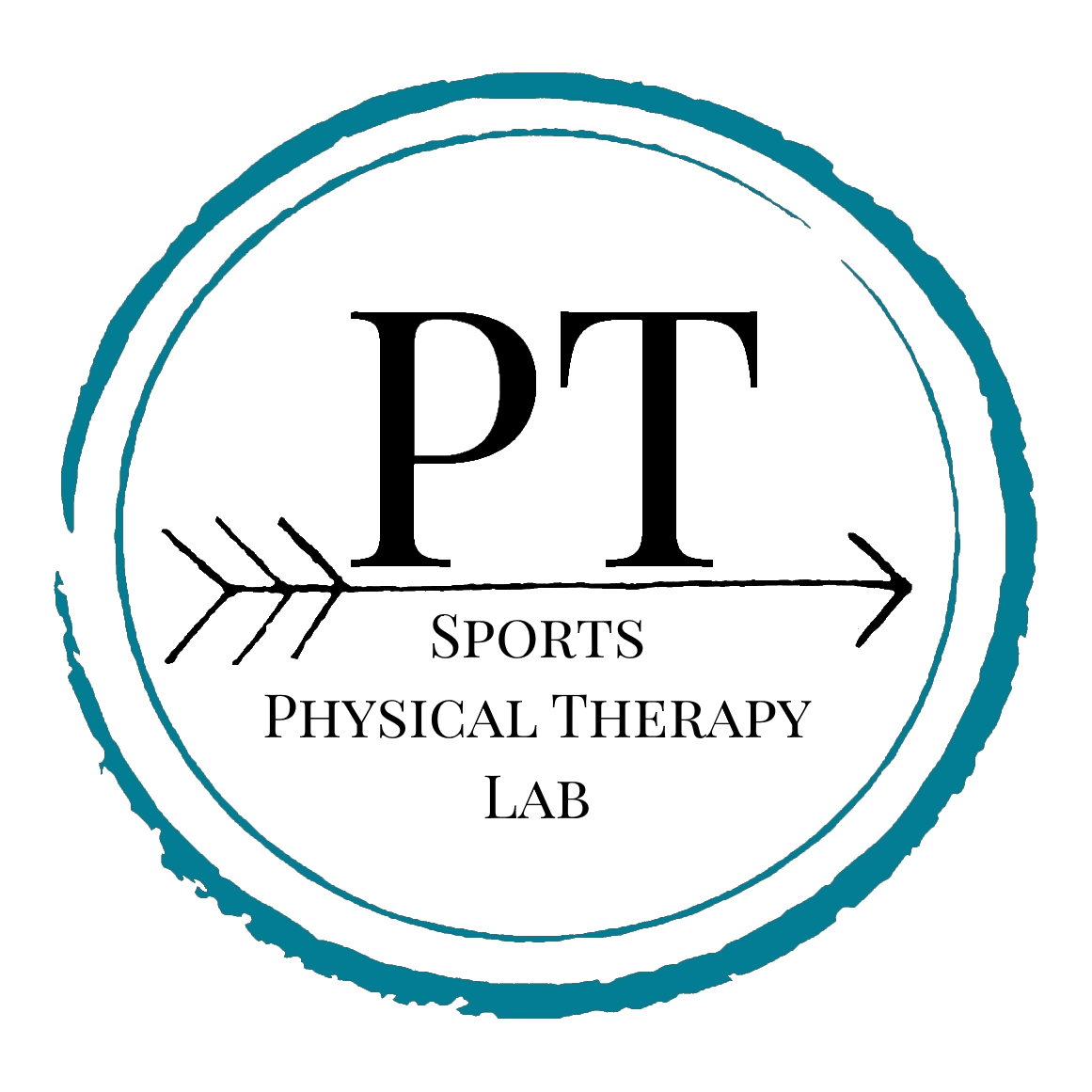3 easy tips to know if your running shoes are right for you!
Does anyone find it confusing to select the right pair of running shoes? You almost need a masters degrees to sift through the nuances in shoe options available! Sometimes you may even choose a pair based on the color or look of the shoe. Picture this, you select a pair with the perfect shade of blue. You get them home to try them out on your next run only to find out that they hurt your feet! Or worse, they led to some sort of injury in the foot, ankle, or knee. Which possibly led to months of Physical Therapy. Need I say more?
Let me clear up some of the confusion for you! I’ve had clients bring me 4-5 pairs of different shoes at one time to analyze their run form. Through the hundreds of videos taken, I’ve seen some trends and guidelines that will help standardize the process for you the next time that you go to the shoe store. It’s time to make an educated purchase and feel confident that the shoes in your closet are meant for you. This is by no means an exhaustive list, but it will assist you in becoming an educated consumer.
First off, look for a wide toe box. This is the area in the front of the shoe. Comfort is always a good judge. Can your toes spread out? Is there any pressure or pain in the toes? If you feel any discomfort in the store, this will lead to pain when you start logging miles. It’s alright to be extra picky. These are the only two feet that you have and it’s important to protect them. Slight restriction or discomfort in the toe box should not be ignored when purchasing the right shoe for your foot. The ideal toe box will allow your toes to spread out unhindered from the front or side of the shoe. This allows for your foot to move and act as it was designed, and your toes can move without restriction.
The next step is to choose a shoe with a lower millimeter (mm) drop. The mm drop is how high the heel of the shoe is compared to the front of the shoe. In other words, if the mm drop is 10-12 then you are running in a “high heeled” shoe. Ladies, you know how you feel after a night wearing high heels. Your feet feel terrible. The same thing happens with running shoes. When you compound years and miles in a 10-12 mm drop shoe, your toes can develop things like neuromas or capsular tears. The solution is to find out what you have been running in and switch to a model that has 2-4 mm less of an incline and gradually work your way down. This process does take time. It took me about a year to switch from 10mm to 0mm. Expect a slow transition process. You have to progress based on how your body feels and responds to change. Start small. Take your new pair on short runs to test them out and allow your foot time to adjust before taking them out for a long run.
Finally, choose a shoe that is neutral rather than a stability shoe. Let me explain why. I see ALL THE TIME where someone who pronates is put into a stability or “motion control” shoe. In case the words are new to you, pronation and supination are naturally coupled motions of the foot. Pronation decelerates the arch of the foot as the body transitions in contact with the ground. Pronation of the foot is often overcorrected in a stability shoe. This limits your ability to push off with the big toe. The foot is inefficient when pronation is overcorrected, causing forces to move through the outside of the foot rather than the big toe. Most people are best suited for a neutral shoe. If the pronation is excessive in a neutral shoe, then an over the counter insert often solves the issue. Despite using an insert, if the pronation remains excessive, then you will need movement analysis and education for optimal movement mechanics.
The bottom line is you should never run through pain! If you have pain when you run, then you need to see someone like myself who can address the root cause and get you running pain free again. It’s a myth that all runners are in pain. Yes, after 20 miles, you will hurt somewhere. I’ve done it, and I’ve been there. However, you should never hurt because of your shoes or your run form. If you consistently hurt in the same areas, or early miles trigger pain, find a local run specialist who can help you. If you are in the Northern Virginia area, come see me! I’d love to help.
